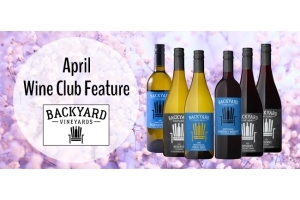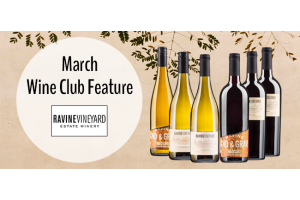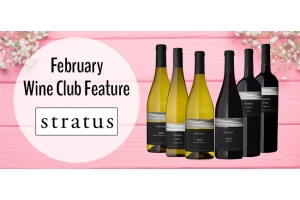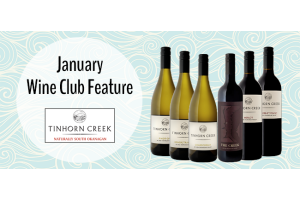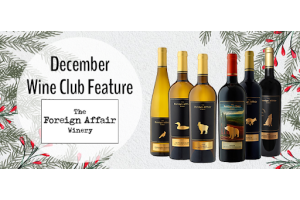Wine 101: Orange Wine

I recently wrote a wine list description for an orange wine that included the disclaimer: Orange Wine Alert! If you aren't 'hip' to orange wine, there's a pretty good chance you'll hate this. But if you are, man it's delicious. It was a bit tongue-and-cheek and meant to pique diners' interests and hopefully kick-start a conversation. For many people, like a good dry sherry, orange wine is an acquired taste, but the best examples are complex, interesting, and great pairing partners with food.
So what is orange wine? It's a white wine made with lengthily skin contact and often fermented with the skins. White wines are usually made by pressing the grapes, separating the skins from the juice, and then fermenting only the juice. When reds are made, the grapes are crushed and put in a tank and the fermentation begins with juice, skins and all. The skins are where a lot of the colour pigments and tannins come from. Orange wines more closely follow the model of red wine production and the wine picks up an orangey or peachy hue, flavour complexities and light tannins from the skins.
This is an old school method that was often done in clay vessels buried in the ground called qvevri (pronounced KWEV-ree) or amphora. Tannins in the skin acted as a natural preservative before the age of modern winemaking. Qvevri or amphora wines are still made throughout Italy, Slovenia, and Georgia. Producers like Josko Gravner, Movia, Radikon, Paolo Bea, and La Stoppa bottle some of the most revered orange wines in the old world. In the last five years, the style has gained a little traction in the New World. These aren't wines that will ever become mainstays in the cellars of the masses, but for the days you feel like something a little different or want to try a new food pairing, they can be perfect.
There are a handful of producers in Canada playing around with orange wines and some even using clay vessels. Laughing Stock Vineyards in Naramata made the 2013 Amphora VRM, a blend of Viognier, Roussanne and Marsanne that underwent a wild fermentation in amphora and spent 4 weeks in contact with the skins. This small-batch wine has sold out, but keep an eye open for more from their 'Small Caps' bottlings and see what else is offered on My Wine Canada.
Haywire, operating out of the Okanagan Crush Pad, is a producer that embraces organic viticulture, wild fermentations and concrete eggs. They've also been using amphora and I'm curious to see what kind of orange wine they'll eventually release. Check out their current stock here.
In Ontario, Fielding made a Viognier with two weeks of skin contact way back in 2012, although it was aged in oak and stainless steel tanks instead of clay. Word is that Norman Hardie in Prince Edward County has been experimenting with a batch of Riesling in qvevri. Also, astute visitors to the winery of My Wine Canada partner Pearl Morissette will recall having seen some large clay qvevri. Be on the lookout for his version of an orange wine.
Jake Skakun is a writer and sommelier from Vancouver, currently living in Toronto. He can be found most days pulling corks and twisting caps at the Black Hoof. He Tweets and Instagrams @jakeskakun.
I think one of the most important factors in making an orange wine, orange, aside from the longer skin contact, is the exposure to oxygen. Most white wines are made in an anaerobic environment, preventing any oxygen contact, which keeps them nice and light in colour, and fruit forward in nature... and of course prevents the wine from creating those nutty, orange peel notes that you get in a white wine that has seen plenty of oxygen exposure. It is simply a result of the actual container it is made in, (fermented in) and a clay vessel, whatever it may be called depending on the country of origin, provides a very oxidative environment... don't you think?
In Spain, we call them tinajas... pronounced (tee - na - ha) and they have been making wine in them, both red and white, for hundreds of years...

